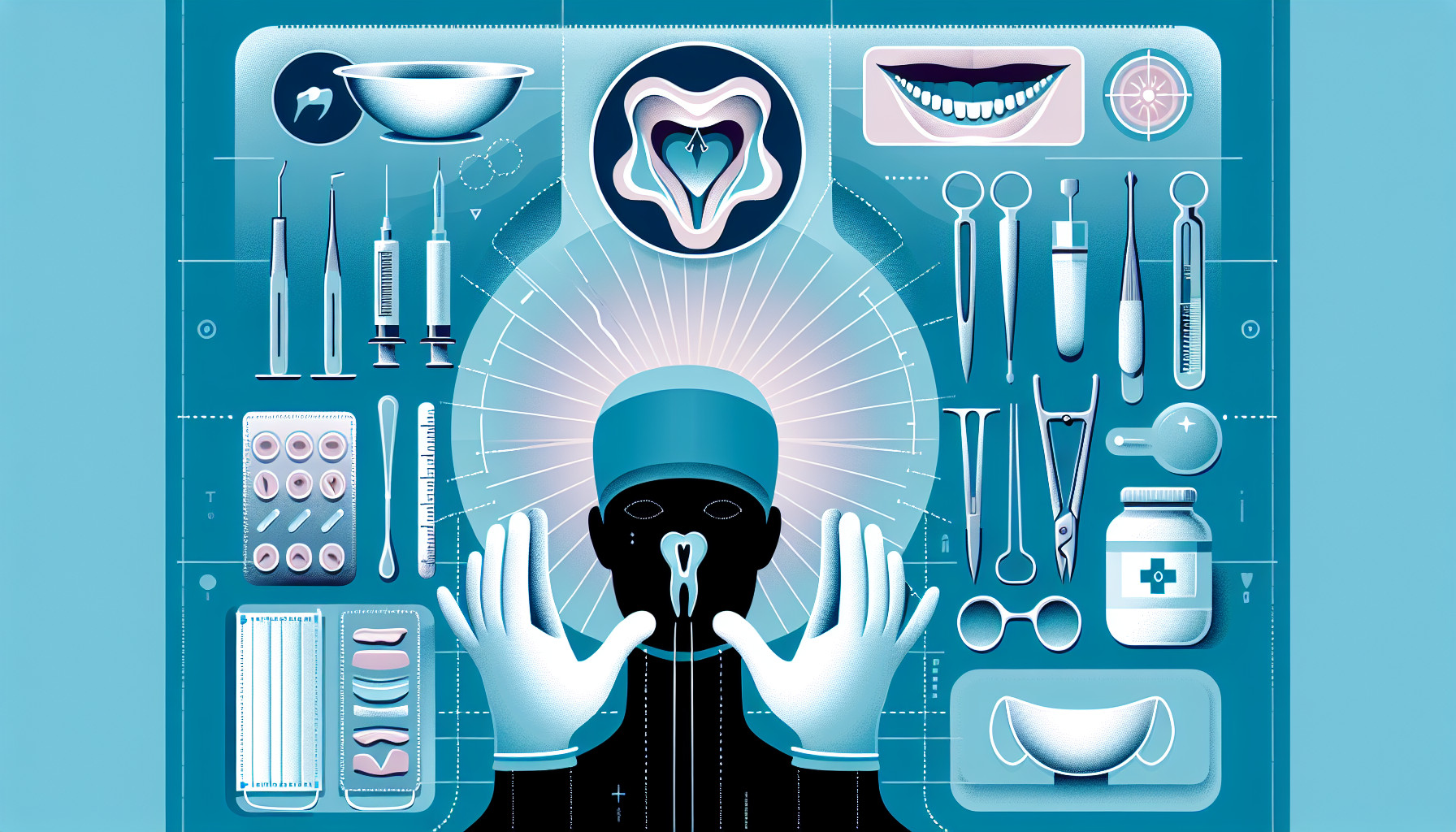Our Summary
This research paper explores surgical procedures for patients suffering from synostosis, a condition where certain bones in the skull fuse prematurely. This can result in facial discrepancies, particularly in the lower midface and jaw, and issues with teeth alignment.
The paper focuses on orthognathic surgery, a type of procedure to correct conditions that affect the jaw and face. It highlights the importance of surgeons understanding the unique shape and structure of the patient’s face due to their primary diagnosis, as well as the technical challenges they might face when performing a specific type of surgery known as Le Fort I osteotomies. This is especially true for patients who have previously undergone midface distraction, a procedure where the bones in the middle of the face are gradually separated to allow new bone to grow.
The paper mentions specific syndromes such as Apert syndrome and Crouzon syndrome, which are associated with premature fusion of skull bones, and other terms related to facial bone structure and surgical procedures.
FAQs
- What are the unique morphologic characteristics that a surgeon must be aware of when performing orthognathic surgery on patients with syndromic and nonsyndromic synostosis?
- What are the technical challenges associated with performing Le Fort I osteotomies in patients who have undergone prior subcranial midface distraction?
- How can orthognathic surgical procedures help patients with end-stage skeletal discrepancies involving the lower midface and mandible and associated malocclusion?
Doctor’s Tip
A doctor might advise a patient undergoing oral surgery to follow post-operative care instructions carefully, including keeping the surgical area clean, avoiding hard or chewy foods, and taking prescribed pain medication as needed. It is also important to attend follow-up appointments to ensure proper healing and address any concerns that may arise.
Suitable For
Patients with syndromic and nonsyndromic craniosynostosis, such as those with Apert syndrome or Crouzon syndrome, are often recommended for oral surgery to address end-stage skeletal discrepancies in the lower midface and mandible. These patients may have associated malocclusion that can be corrected through orthognathic surgical procedures. However, surgeons must be aware of the unique morphologic characteristics and technical challenges associated with performing Le Fort I osteotomies in these patients, especially those who have undergone prior subcranial midface distraction. This type of surgery can help improve facial aesthetics, function, and overall quality of life for these patients.
Timeline
Before oral surgery:
- Consultation: The patient meets with the oral surgeon to discuss their concerns, medical history, and treatment options.
- Pre-operative evaluation: The surgeon conducts a thorough examination of the patient’s oral health and may order additional tests or imaging studies.
- Treatment planning: Based on the evaluation, the surgeon develops a treatment plan that may include pre-surgical preparation, such as orthodontic treatment or medication.
- Informed consent: The patient receives information about the risks and benefits of the surgery and gives their consent to proceed.
After oral surgery:
- Post-operative care: The patient is given instructions on how to care for their mouth after surgery, including pain management, dietary restrictions, and oral hygiene.
- Recovery: The patient experiences swelling, pain, and bruising in the days following surgery, which gradually improves over time.
- Follow-up appointments: The surgeon monitors the patient’s healing progress and may make adjustments to the treatment plan as needed.
- Rehabilitation: The patient may undergo physical therapy or speech therapy to address any functional issues related to the surgery.
- Long-term outcomes: The patient experiences improvements in their oral health, function, and appearance as a result of the surgery.
What to Ask Your Doctor
- What specific oral surgery procedure do you recommend for my condition?
- What are the potential risks and complications associated with this procedure?
- How long will the recovery process take, and what can I expect during the recovery period?
- Will I need any additional treatments or follow-up procedures after the surgery?
- Are there any alternative treatment options available for my condition?
- How experienced are you in performing oral surgery procedures for patients with my specific diagnosis?
- Can you provide me with information about your success rates and outcomes for similar procedures?
- Are there any specific pre-operative instructions or preparations I need to follow before the surgery?
- Will I need to make any changes to my diet or lifestyle after the surgery?
- What kind of post-operative care and support can I expect from your practice?
Reference
Authors: Han JT, Egbert MA, Ettinger RE, Kapadia HP, Susarla SM. Journal: Oral Maxillofac Surg Clin North Am. 2022 Aug;34(3):477-487. doi: 10.1016/j.coms.2022.01.003. Epub 2022 Jul 2. PMID: 35787829
